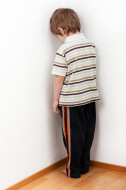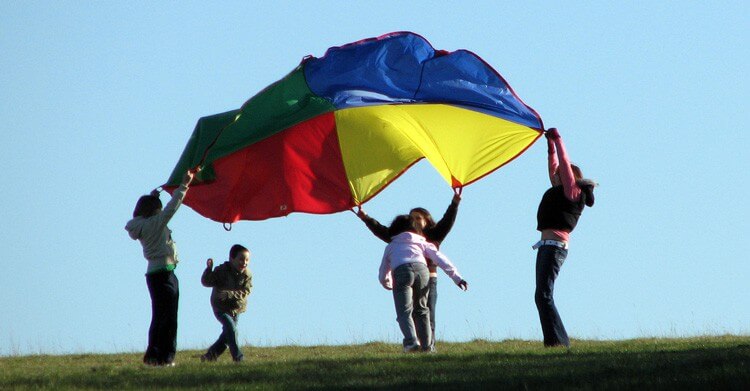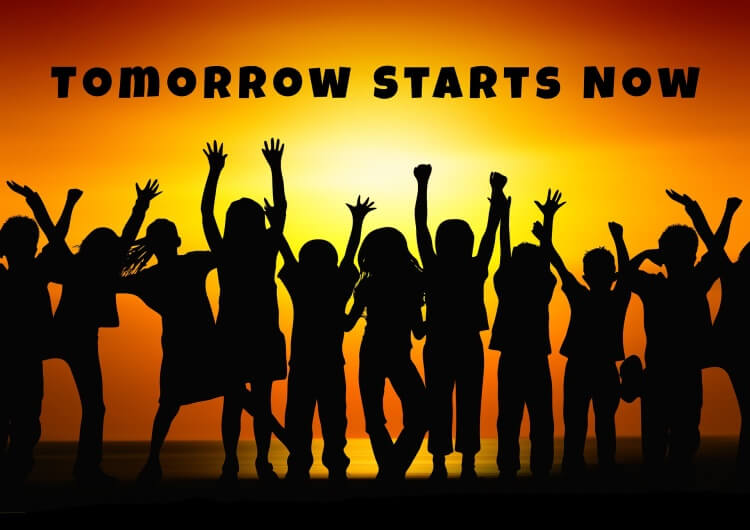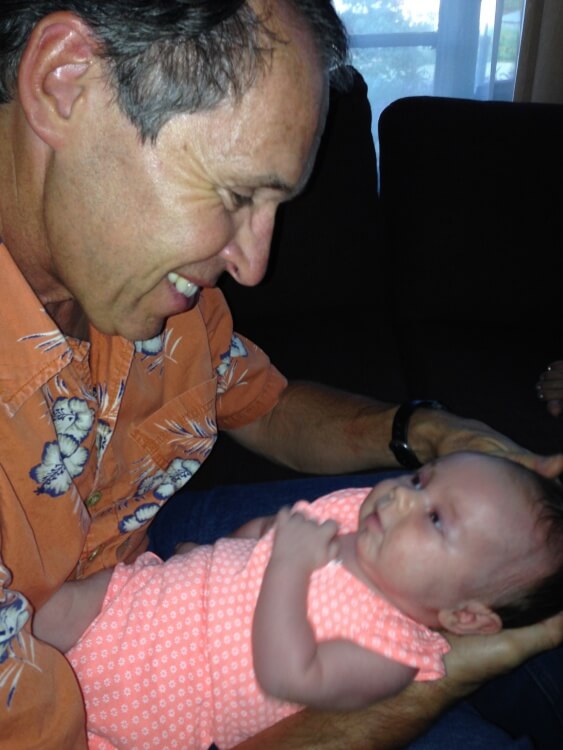“What do you do?” Throughout my career I’ve been asked that question many times. I expect that you have too. If so, how do you respond? Something that I hope you NEVER say is “I’m just a teacher,” or “I’m a gym teacher” or something similar that diminishes the importance of what I believe physical educators do. I know my response to this question has changed over the course of my career and is often based on whom I’m talking to. But, as a physical educator I’m proud of what I do and I’m not hesitant to let others know that. So, I’ve listed below a few possible answers for you to consider the next time you are asked that question!
- “I teach children,” then when asked what you teach follow it with, “I teach them the skills they need to be active for the rest of their life.”
- “I am a physical educator and I know that what I do is important. There’s a lot of research now supporting what I’ve always known: Physically fit and active students do better academically.”
- “I provide students a place during the school day where they can move, have fun, and know they are safe.”
- “I am a physical education teacher and a role model. I like to share my passion for (walking, biking, tennis, etc.) because I want others to know the value and enjoyment that comes from being active.”
- “I teach my students to treat each other with respect because I know it’s important for them to learn and practice this important life skill.”
- “I am a member of my state physical education association and SHAPE America because I believe it’s important to support and participate in my professional organizations.”
- “I provide my students with a variety of physical activity opportunities in order to help them find an activity that they enjoy and will pursue on their own.”
- “I do more than throw out the ball! I use our National Physical Education Standards to guide my planning, teaching and assessment.”
- “Yes, I do have some time off during the summer but it’s not three months paid vacation! During that time I go to workshops, take classes, and look for new ideas that help keep my lessons exciting and relevant for my students!”
- “Yes I do get to wear tennis shoes to work! Don’t you wish you had chosen to be a physical education teacher? It’s the best job in the world and not just because of what I wear to work!”





